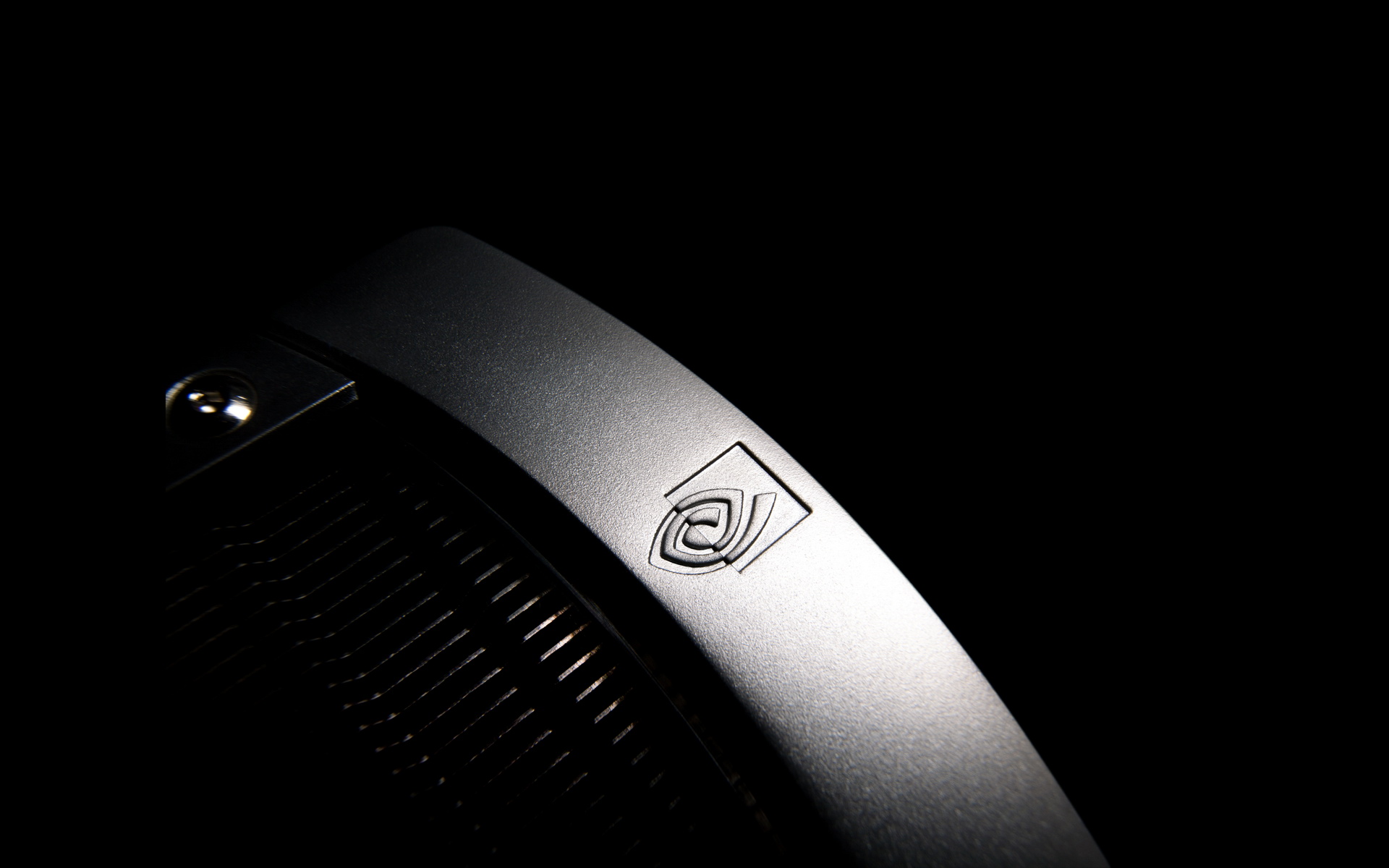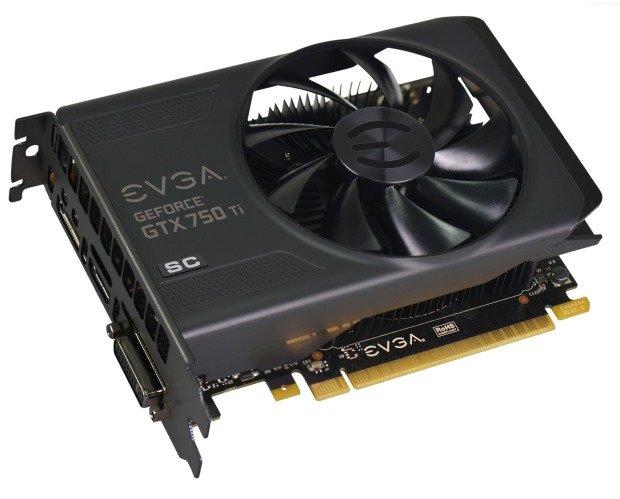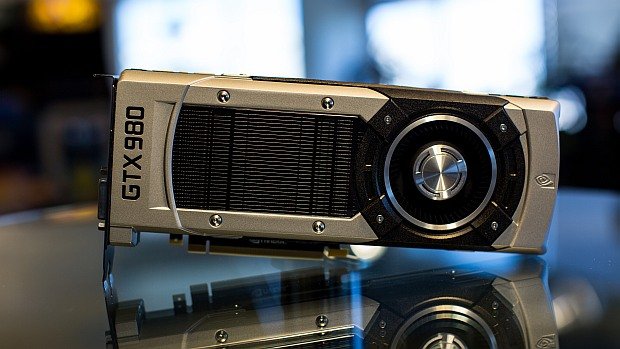Choosing the Best Nvidia Graphics Card

Doing a little GPU shopping? We know what to put on your list
If you're looking for more recent choices, check out our guide to the best graphics cards on the market.
When you’re trying to figure out the next PC upgrade you should buy, there are at least two ways to go about it. Some people like going through lots of pages of benchmarks, analysis, galleries of the component in various states of disassembly, forum debate, and pictures of fluffy kittens. And that’s great, when you have the time. But not everyone does. For people who want a quicker breakdown of choices like which Nvidia video card you should buy , we can condense that into just a couple of pages. We’ll give you a quick tour through the various choices that you have at different price points, and what the pros and cons are at each stage. Then we’ll select an overall winner.
For simplicity’s sake, we’ll be sticking to the current "Maxwell” generation of Nvidia’s cards. It has some features not available in the older Kepler generation, like Multi-Frame Sample Anti-Aliasing (MFAA), which is a highly efficient way of smoothing out jagged edges on 3D objects, and Voxel Global Illumination (VXGI), which creates shadows with a degree of realism that we hadn’t seen occurring in real-time before. So that means that our breakdown will be sticking to the GeForce GTX 750, 750 Ti, 960, 970, 980, and the recently released Titan X.
If you’re wondering why we’re not doing a breakdown of AMD cards, don’t worry—that’s coming soon.
Choices #1 and #2: GTX 750 and GTX 750 Ti
We’re combining these two cards because of their overall similarity. These are the entry-level enthusiast cards; the 750 comes in at about $100, and the Ti flavor starts at about $125. These are positioned as the next step up from integrated graphics. You are assisted by the fact that the regular GTX 750 does not even require a PCI Express power cable. It gets all the power it needs from the slot it’s plugged into, which provides up to 75 watts. Although that’s just average for an incandescent light bulb, it’s plenty to get some respectable gaming performance at medium settings. A few versions of the 750 Ti require a PCIe cable, but you still shouldn’t need serious power; a 400-watt power supply will be just fine.

If this is the kind of card that you can afford, we recommend going for the 750 Ti, since it will give you some extra oomph needed to hit that magic mark of 60 frames per second in your games. And we definitely recommend the versions with 2GB of VRAM instead of 1GB, since current 3D games will happily take advantage of the additional capacity. Since these are entry-level cards, we can’t declare them as the "best," but they’re fine for 1080p gaming most of the time . These two cards are roughly comparable to the AMD Radeon R7 265 or 270.
Keep up to date with the most important stories and the best deals, as picked by the PC Gamer team.
Choice #3: The GTX 960
While the GTX 750 and 750 Ti are technically Maxwell cards, they don’t have the full feature set, so they don’t get MFAA and VXGI. So we sometimes refer to the cards above them as "Maxwell 2.0.” The GTX 960 is the least expensive version, setting you back around $200. It comes in 2GB and 4GB versions, with the latter costing around $240. This card’s performance is roughly comparable to AMD’s R9 Radeon 280 or 285. If you want some benchmarks for reference, we have them in the GTX 960 review here .Like the 750 and 750 Ti, the GTX 960 does not draw a lot of power. You can find versions that use the same 6-pin PCIe connection that some 750 Ti cards do. But some versions need two such connections, in which case you need at least a 500-watt power supply unit—that’s the threshold where PSUs start having multiple PCIe cables. Since they’re power-efficient, they don’t generate much heat, either, so the card can be more compact than before.

Overall, though, it’s difficult to recommend the GTX 960, because AMD offers comparable performance and power consumption for substantially less money, at least for the 2GB version. The 4GB version can get you somewhat higher framerates, but at $240, it’s not much less than a Radeon R9 290, which has much better performance than both cards. There’s a twist, though: The 290 also needs a lot of juice. We’d recommend a 600-watt power supply for one of those, and 850 watts if you wanted to add a second one to your system for Crossfire.
Choices #4 and #5: GTX 970 and 980
These are meaningfully different cards, but we’re grouping them together because they came out at the same time. When the GTX 980 arrived, it was Nvidia’s flagship card —with a flagship price of $550, which hasn’t gone down much since its release in September last year. It’s faster than AMD’s beefiest offering, the Radeon R9 290X, while needing less power and less real estate inside your PC for its cooling system. It comes with 4GB of VRAM and happily makes use of all of that.
The GTX 970 is slower across the board and has a funky VRAM management system where the first 3.5GB runs normally and the last 500MB is a bit hobbled, but it also costs about $200 less, and you won’t often encounter scenarios where that 500MB chunk slows things down. Unfortunately, the nature of the 970’s memory system wasn’t clearly communicated to the public, and there’s been some drama.
.

The GTX 970’s biggest enemies, though, are arguably AMD’s R9 290 and 290X. The 290 is just a little bit slower and costs about $80 less, which is getting to be the price for a 250GB SSD. The 290X is a bit faster most of the time, costs about the same, and uses conventional memory management. In fact, at 4K resolution, the 290X is a respectable contender to the GTX 980, (though you’d want two of each to get good framerates at that point). But if you have or plan to have a 500- to 550-watt power supply, the GTX 970 still comes out ahead of AMD’s comparable cards.

